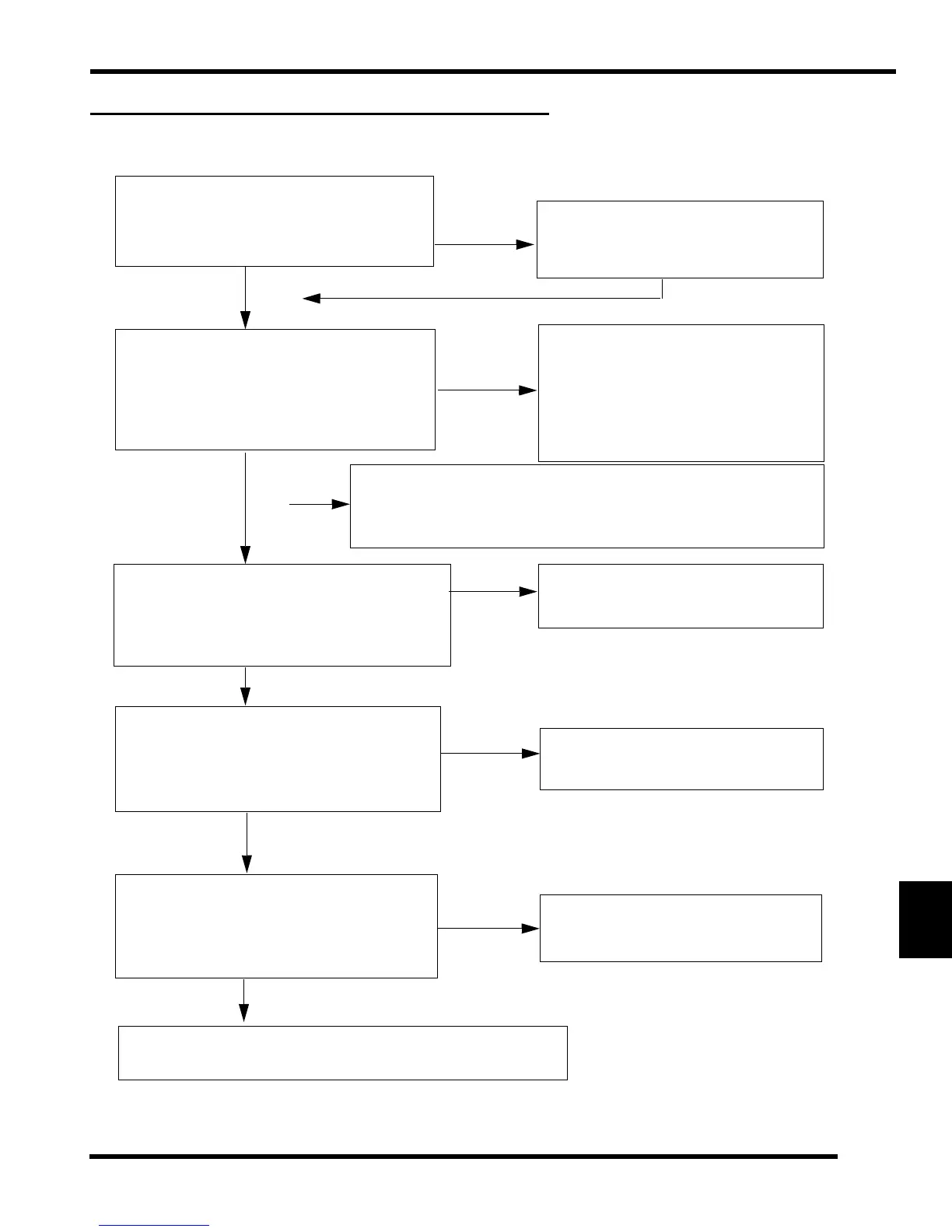© Copyright 2012 Polaris Sales Inc.
With the tester on the VDC position, place the
tester's black lead on the battery negative and the
red lead on the battery positive. Reading should
be 12.4 V D. C. or greater.
Remove battery and properly service. Install
fully charged shop battery to continue test.
Disconnect 2-wire connector at the solenoid.
Using a multi-meter, connect the black meter lead
to the Orange harness wire and the red meter lead
to the Green/White harness wire. Apply the brake
and turn ignition switch to the “start” position.
Meter should read battery voltage.
Check for voltage at the EFI 20 Amp fuse and
then check for voltage entering the ignition
switch. Battery voltage should be present. If
battery voltage is present at the ignition
switch, but not the solenoid, replace the
switch. NOTE: The brake MUST be applied
when performing these tests.
Test the start solenoid by powering the solenoid via the 2-wire connection.
With the solenoid energized, resistance should read about 0.5 ± 10%
between the two terminals. If resistance measurement is out of specification,
replace the starter solenoid (see “Starter Solenoid Bench Test”)
Reconnect the solenoid. Connect the tester black lead
to the battery positive and the red lead to the solenoid
end of the battery-to-solenoid wire. Apply the brake
and turn the ignition key to the “start” position. Reading
should be less than .1 V D.C.
Clean the battery-to-solenoid cable ends
or replace the cable.
Connect the black tester lead to solenoid end of
battery-to-solenoid cable. Connect red tester lead
to solenoid end of solenoid-to-starter cable. Apply
the brake and turn the ignition key to the “start”
position. Reading should be less than .1 V D.C.
Replace the starter solenoid.
Connect the black tester lead to the solenoid end of
the solenoid-to-starter cable. Connect red tester
lead to the starter end of the same cable. Apply the
brake and turn the ignition key to the “start”
position. The reading should be less than .1 V D.C.
Clean the solenoid-to-starter cable ends or
replace the cable.
If all of these indicate a good condition, yet the starter still fails to
turn, the starter must be removed for static testing and inspection.
Yes
Yes
Yes
Yes
No
No
No
Yes
No
No
Voltage Drop
Testing

